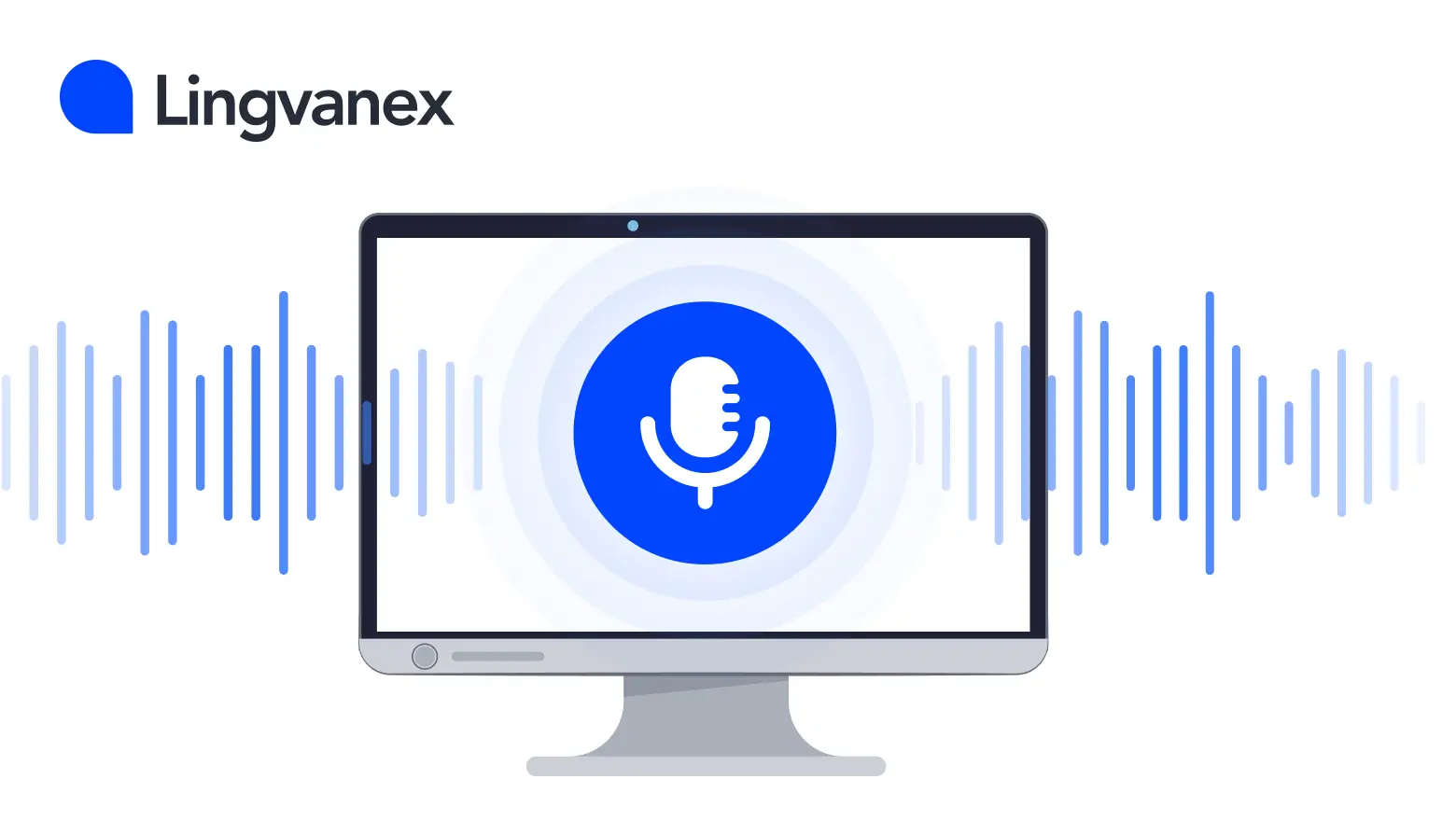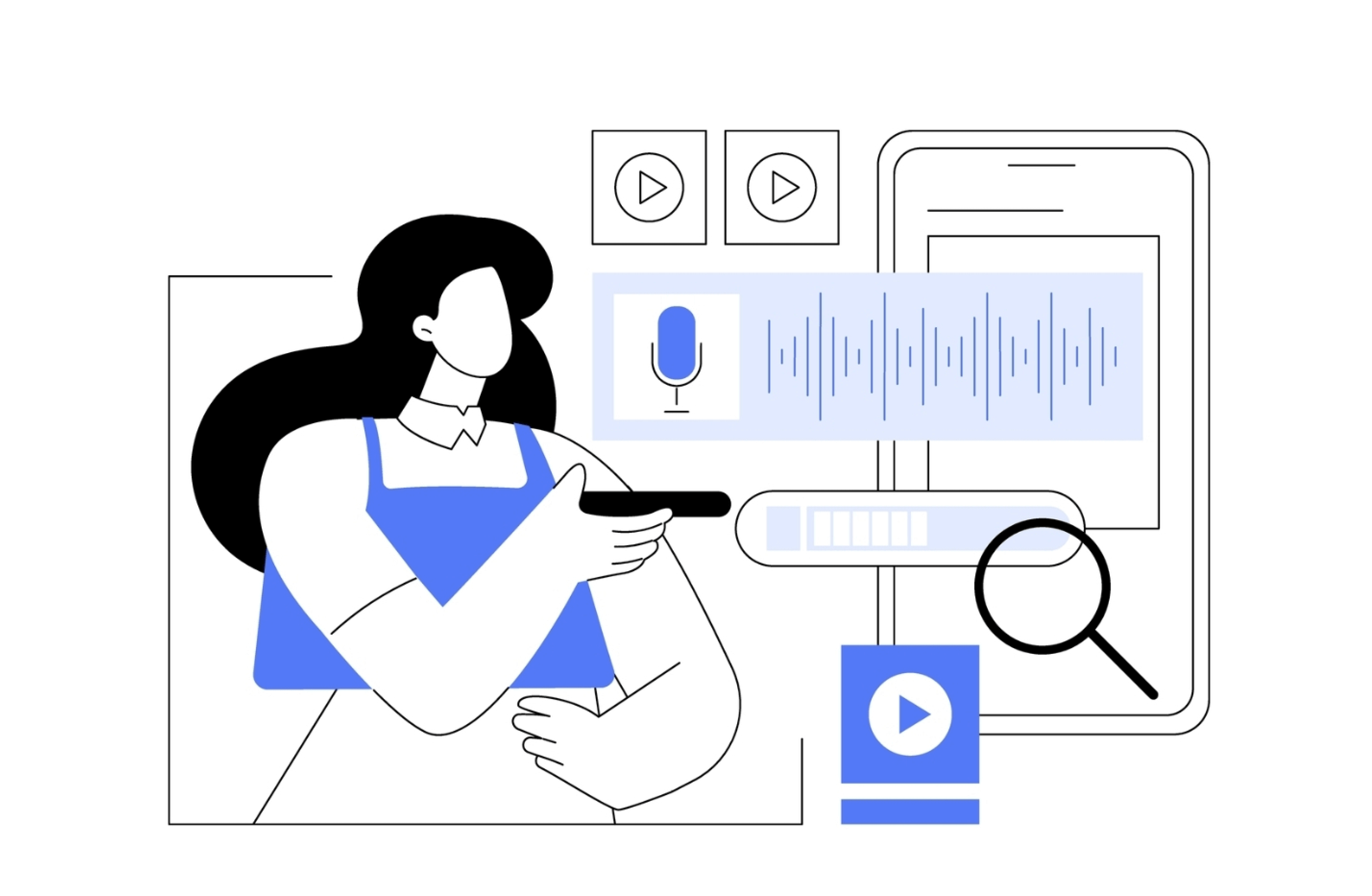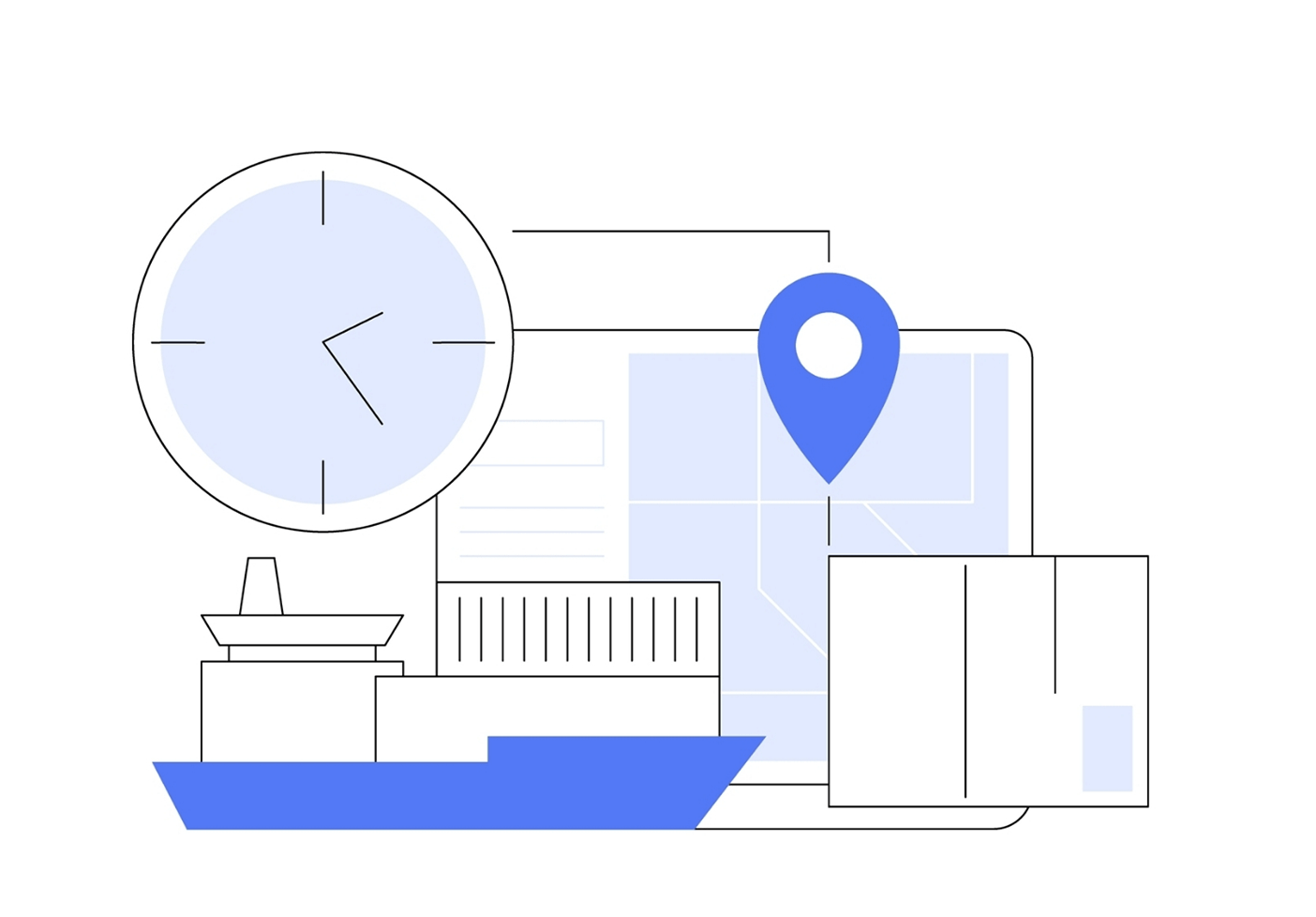Speech recognition is one of the most intriguing and fastest growing areas of artificial intelligence technology. Thanks to significant advances in machine learning and natural language processing, speech recognition systems have become much more accurate, reliable and affordable than they were a few years ago.
In this article, we will explain what speech recognition is, how it works, and what speech recognition methods and algorithms exist.

What is speech recognition?
Speech recognition is a technology that allows a computer or other devices to understand and interpret human speech. For example, you can say “play music” and a speech recognition device will understand you and start playing music. Or you can dictate a text and the computer will present it in text format.
It is worth distinguishing between such similar concepts as “speech transcription” and “speech recognition”. The main difference between them lies in their goals and capabilities. Transcribing focuses on accurately converting all spoken words and sounds into text format, while speech recognition focuses on understanding the speaker's meaning and intentions in order to execute commands or enter text.
You can read more about speech transcription in the article “What is speech transcription?”
History of speech recognition
The history of the development of speech recognition systems begins in the 1950s. In 1952, the first device capable of recognising human-pronounced digits was created. This was a significant breakthrough in the field of automatic speech recognition. Ten years later, at a trade show in New York, IBM unveiled the Shoebox device, which understood 16 words in English. The Shoebox could also execute commands such as turning lights on and off.
The 1980s saw a significant leap in the development of speech recognition technology. The vocabulary of the systems grew from hundreds to thousands of words, partly due to new statistical techniques such as hidden Markov models. These models made it possible to analyze probabilistic patterns in speech and achieve more accurate recognition.
In the 1990s and 2000s a widespread use of recognition technology in commercial products began. At the time a voice recognition option was mainly used by people with disabilities. By 2001, speech recognition had risen to 80 per cent accuracy, and the technology's progress came to a halt until the Google Voice Search application was introduced.
How do speech recognition systems work?
The basic principle of how speech recognition systems work is to convert the sound waves created when words are spoken into digital text characters. This process usually involves several key steps:
- The system uses a microphone to capture the sound waves, which are then converted into a digital format that is available for computer processing. This is how the audio data is formed to be processed later.
- Then unnecessary noises, if any, are removed, as their presence significantly degrades the quality of the transcription.
- Then the audio recording is divided into frames (segments of length not more than 25 ms), and from these frames the desired features are extracted using spectrogram or cepstra analysis.
- Then the decoder classifies the extracted features and checks against acoustic and audio models and a dictionary. The language model determines the most likely sequence of words. The dictionary model stage matches the words in the dictionary with the sequence of phonemes.
- The last step is decoding itself. The system combines the results of acoustic analysis and language modeling to select the most likely textual equivalent of the spoken words.
Modern speech recognition systems are a complex symbiosis of high-tech hardware and advanced algorithms for digital processing, statistical modeling and linguistic analysis. Continuous development of these technical components allows constant improvement in the accuracy and functionality of voice interfaces.
Speech recognition methods and algorithms
Speech recognition systems are based on various methods and algorithms that are constantly being improved.
1. Hidden Markov models. They represent speech as a sequence of hidden states that can be identified from observed acoustic features. Despite its relative simplicity, this approach has shown good results in isolated word recognition tasks.
2. Neural networks. Neural networks can be automatically trained to extract the most useful features from speech signals. Neural networks have proven particularly effective in recognising continuous speech and cutting out background noise.
3. Dynamic Programming. Dynamic programming techniques are used to solve more complex language problems, such as grammar and syntax recognition. They allow efficient determination of optimal word sequences corresponding to an acoustic signal.
4. Discriminant analysis methods based on Bayesian probability. These methods calculate the probabilities of the speech signal belonging to different classes, which allows making more informed recognition decisions.
5. Reinforcement learning techniques. Some systems use reinforcement learning techniques so that the system can adapt and improve as it gains experience.
6. Hybrid approaches. Many modern speech recognition systems are a combination of different methods, allowing the strengths of each method to be used.
By combining different algorithms, researchers aim to create systems that understand human speech as naturally as humans do.
Practical application of speech recognition
Speech recognition systems have made their way into our daily lives, greatly simplifying and speeding up many familiar processes.
Mobile devices and voice assistants. Speech recognition is at the heart of voice assistants such as Siri, Alexa and Google Assistant, allowing users to perform a wide range of tasks simply by giving voice commands. Speech recognition systems are being integrated into cars' on-board computers, allowing drivers to safely control various functions without taking their eyes off the road.
Use of voice technology in smart homes. Lighting, home appliances, security systems and even city infrastructure can now be controlled using voice. Such solutions are already being implemented in many countries, making our lives more comfortable and safer.
Helping people with disabilities. Speech recognition systems allow people with motor or speech impairments to control various devices and applications, thereby increasing their independence and quality of life.
Medicine. Medical personnel actively uses speech recognition devices to maintain electronic medical records, saving time and improving documentation accuracy. Medical staff can use voice queries to quickly find the information they need in databases, treatment protocols or reference books.
Education. Speech recognition technologies can convert an instructor's verbal speech into text in real time, which is then made available to students in hard copy for self-study. Instructors and students can use voice commands to search, open, and navigate through tutorials, e-books, and databases.
Business. Speech recognition technologies help to automatically transcribe audio and video recordings of meetings, negotiations, interviews, which can then be analyzed.
Call centers. Speech recognition helps automate customer interaction processes, improving speed and quality of service. Speech recognition is used to handle calls, and extract important information from dialogues.
These examples illustrate the wide range of applications for speech recognition, which continues to expand as the technology evolves.
Speech Recognition by Lingvanex
Lingvanex uses high quality datasets to train its models to provide accurate real-time transcription of video, audio and speech from/to 91 languages. The technology is so advanced that it automatically places all necessary punctuation marks. Transcripts made by Lingvanex On-premise Speech Recognition can be easily converted into subtitles for video.
Our speech recognition software can handle a large number of file types of any size: WAV, WMA, MP3, OGG, M4A, FLV, AVI, MP4, MOV and MKV.
Another advantage of this service is the guarantee of privacy. The speech recognition process does not go beyond the company's devices and does not require an internet connection.
Conclusion
Speech recognition technology is developing rapidly, opening up new opportunities for human-machine interaction. Modern systems are capable of accurately converting spoken speech into text, understanding the context and meaning of spoken words.
Speech recognition is used in a wide range of applications, from virtual assistants to transport management systems. This technology improves the usability and accessibility of digital devices and helps people with disabilities.
As algorithms improve and computing power increases, speech recognition becomes even more accurate and reliable. In the near future, we can expect to see an increasing number of applications of this technology in our daily lives.



